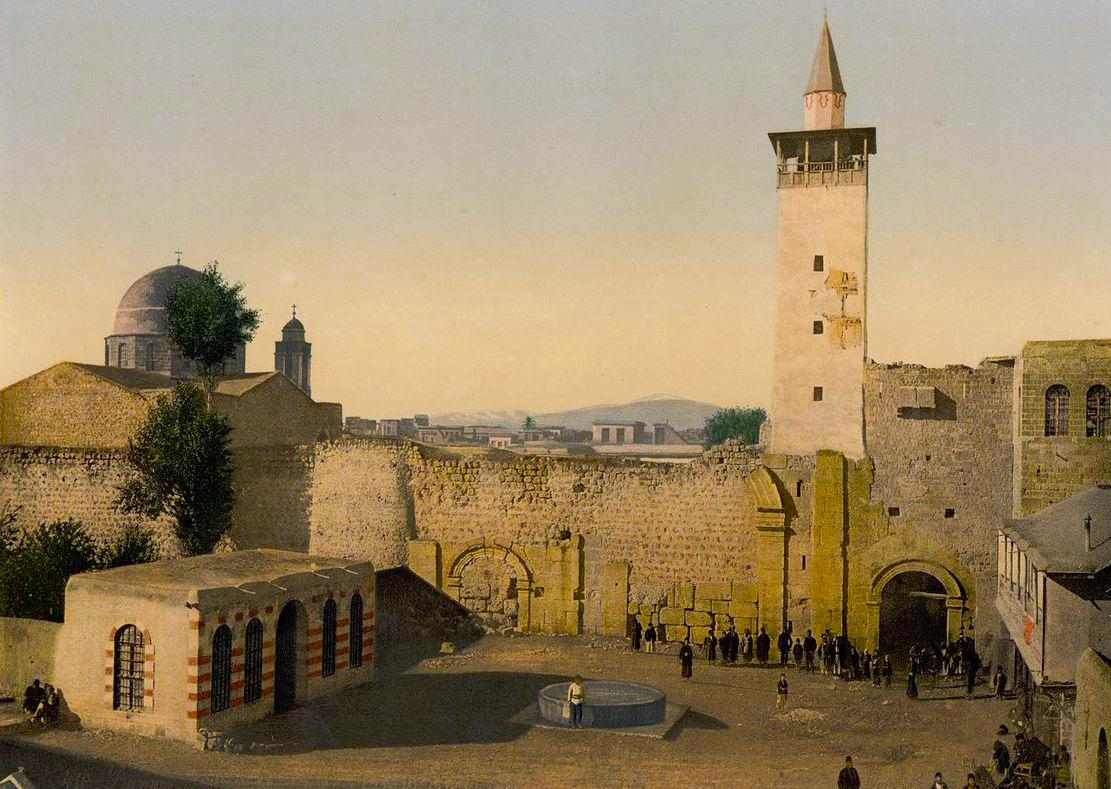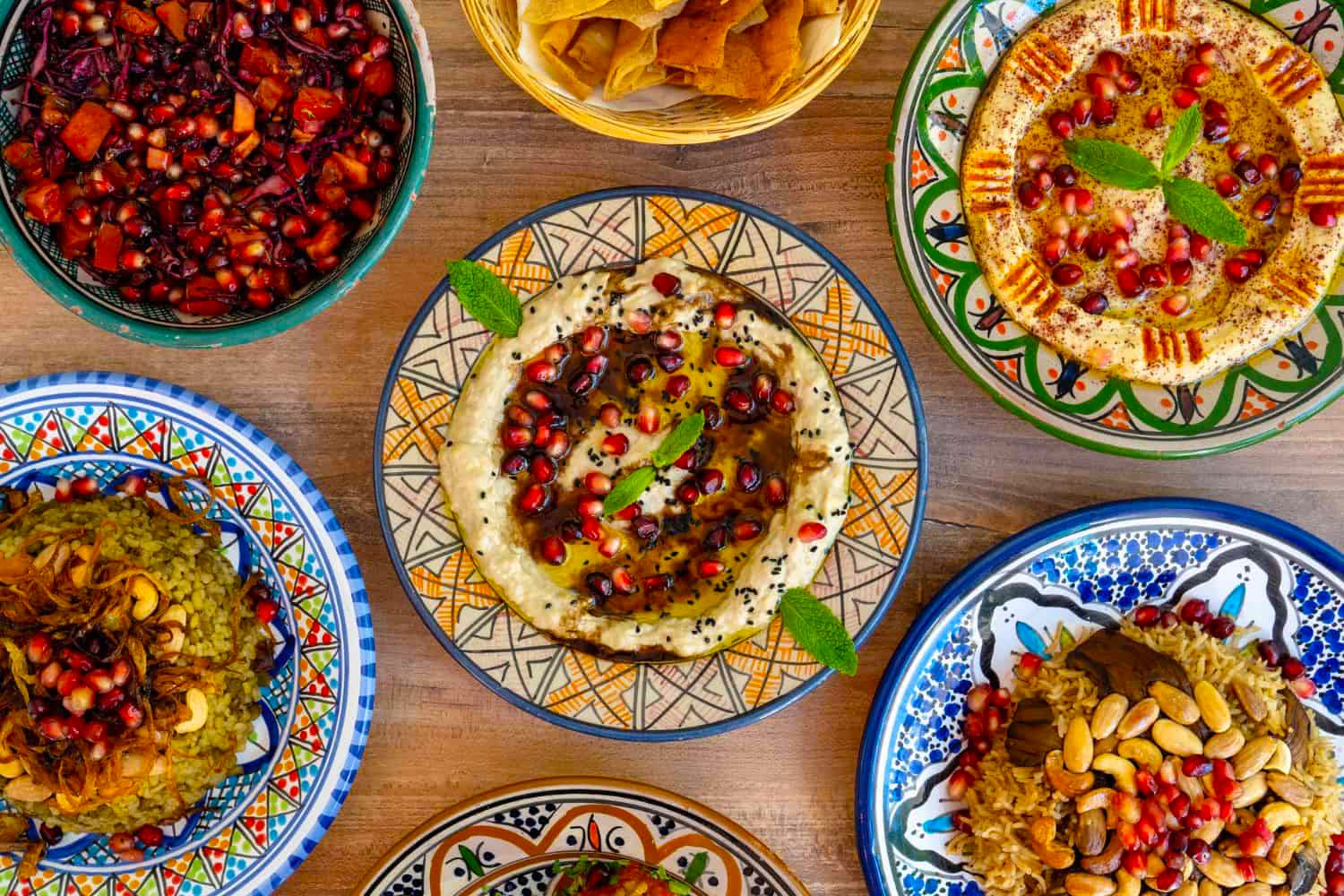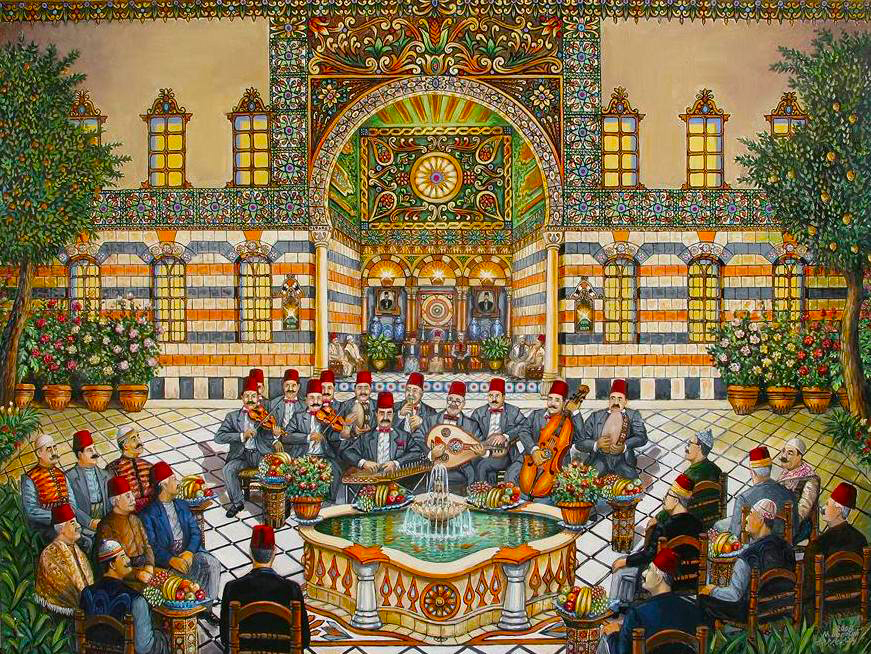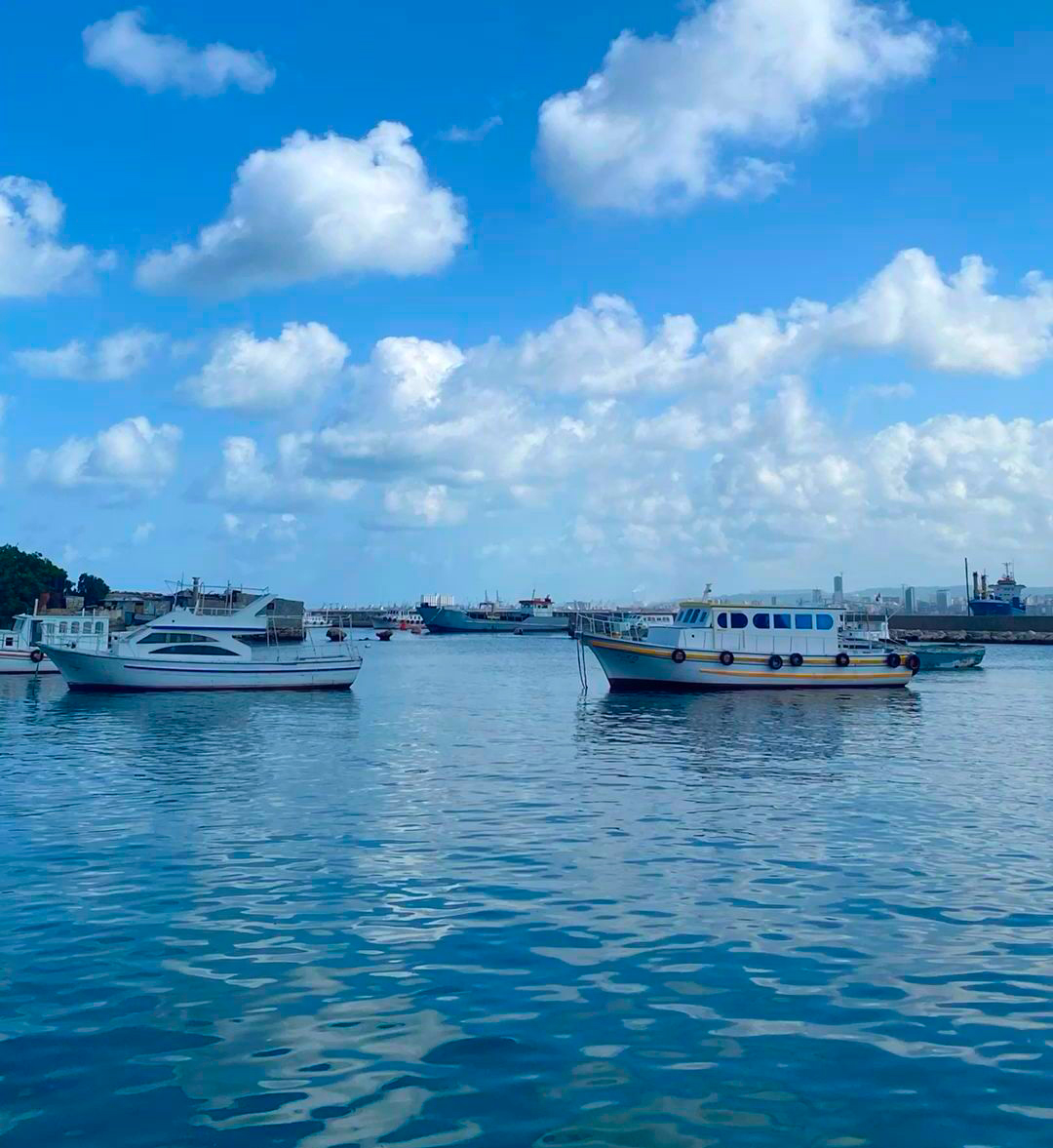Tartus, the second-largest port city in Syria, is a place where the Mediterranean breeze carries whispers of ancient civilizations. Located on the western coast of the country, this charming city is rich in both historical depth and coastal beauty. Tartus offers a different pace compared to other Syrian cities—relaxed, scenic, and deeply connected to its maritime heritage.
Whether you’re a history enthusiast, a beach lover, or simply seeking an off-the-beaten-path destination, Tartus has plenty to offer. Here’s a comprehensive guide on what to see, do, and experience in this captivating Syrian coastal city.
Quick Overview:
| Attraction | Location | Era/Period | Highlights |
|---|---|---|---|
| Arwad Island | Off the coast | Phoenician to Crusader | Syria’s only inhabited island, boat trips |
| Templar Fortress of Tartous | Old City | 12th century | Crusader Knights Templar fortress with thick walls and panoramic sea views |
| Tartus Cathedral | Old City | Byzantine–Crusader | Now a museum, rich religious architecture |
| Tartus Old City | Central Tartus | Various (Roman, Crusader) | Narrow alleys, medieval walls |
| Al-Hamidiya Beach | South of Tartus | Modern | Long sandy beach, family-friendly |
| Al-Marqab Castle | Near Baniyas | Crusader | Huge hilltop fortress with panoramic views |
| Al-Bassah Archaeological Site | North of Tartus | Roman–Byzantine | Ruins, mosaics, and historical layers |
| Souq al-Qadim | Old Town | Ottoman | Traditional market with local crafts and foods |
1. Arwad Island: Syria’s Maritime Jewel
Just a 20-minute boat ride from the Tartus harbor, Arwad is Syria’s only inhabited island and a destination like no other. Once a powerful Phoenician city-state, Arwad was later occupied by the Crusaders and then the Mamluks. The island has preserved its stone alleys, fishing traditions, and fortress ruins.
Today, visitors can enjoy:
- Walking tours through its ancient pathways
- Visiting Crusader-era walls
- Experiencing authentic seafood dishes in local eateries
- Engaging with locals who maintain generations-old maritime culture
Arwad is small but deeply atmospheric—a step back in time with waves lapping around you.
2. Templar Fortress of Tartous
No visit to Tartus is complete without exploring the Templar Fortress, a medieval Crusader stronghold dating back to the 12th century. This imposing castle, built by the Knights Templar, stands proudly atop a hill overlooking the Mediterranean, providing strategic views and a glimpse into the city’s tumultuous past. Its thick defensive walls, battlements, and towers remain impressively preserved, inviting visitors to walk through history and imagine the battles fought here centuries ago. The fortress is one of the best places in Tartus for panoramic photos and understanding the city’s role during the Crusader era.
Why It Matters:
- Historical Significance: Originally built by the Crusaders (Templars) in the 12th century.
- Architectural Style: Typical medieval fortress with thick walls and strategic towers.
- Cultural Value: Offers insight into the military-religious role of the Knights Templar during the Crusades in Syria.
3. Tartus Cathedral (Cathedral of Our Lady of Tortosa)
Originally a Byzantine church, then converted by the Crusaders into a cathedral, this structure is one of the best-preserved Crusader churches in the Levant. Today, it serves as the Tartus National Museum and houses a diverse archaeological collection ranging from the Stone Age to Islamic periods.
Notable features include:
- Gothic-style architecture
- Intricate stone carvings
- A curated collection of statues, inscriptions, and mosaics
It’s an essential stop for understanding the city’s layered history.
4. Wander Through Tartus Old City
The old quarter of Tartus retains much of its medieval character. Here, you can:
- Stroll through narrow, winding alleys
- See ancient homes still inhabited today
- Visit old churches and mosques standing side by side
- Discover local cafés tucked away behind arched doorways
The atmosphere is peaceful, authentic, and very photogenic.
5. Relax at Tartus Beaches
Tartus has some of the best beaches in Syria, with calm waves and clean sands. Popular ones include:
- Al-Hamidiya Beach: Ideal for swimming and family picnics
- Rimal Beach: A bit more developed with cafes and loungers
- Al-Karnak: A local favorite with beachside eateries
From May to October, the weather is perfect for a Mediterranean dip.
6. Al-Marqab Castle (Citadel of Margat)
Located about 25 km north of Tartus near Baniyas, this Crusader fortress is one of the most impressive in the region. Perched on a volcanic hill, Al-Marqab offers:
- Stunning views of the Mediterranean
- Massive basalt stone architecture
- Vaulted halls and towers to explore
- A chance to connect with Crusader and Islamic heritage
It’s a favorite for photographers, historians, and curious adventurers.
7. Al-Bassah Archaeological Site
Situated just north of Tartus, Al-Bassah offers a quieter, less touristy historical experience. The site includes:
- Roman-era foundations
- Byzantine mosaics and floor plans
- Remains of early churches and baths
It’s an open-air time capsule for those who enjoy archaeology without the crowds.
8. Souq al-Qadim: Old Market of Tartus
No visit to Tartus is complete without a walk through its traditional market. Here you’ll find:
- Local crafts (copperware, embroidery, woodwork)
- Seasonal produce and herbs
- Homemade olive oil and soap
- Traditional sweets and snacks
The market is a great place to connect with the culture and bring home authentic souvenirs.
9. Nearby Destinations for Day Trips
While in Tartus, consider exploring nearby towns and sites:
- Baniyas: A small coastal town with a relaxing port vibe
- Al-Karim: Known for its citrus orchards and scenic countryside
- Qadmous: Mountain village with traditional homes and a cool climate
These short drives offer insight into the regional diversity of Syria’s coastal zone.
Practical Tips for Tourists
- Best Time to Visit: April to October for pleasant weather and beach access
- Local Food to Try: Grilled fish, seafood mezza, Tabouleh, and fig jam
- Transportation: Taxis, minibuses, and rental cars available; boats to Arwad depart daily
- Languages: Arabic is spoken everywhere; some English and French in tourist areas
- Safety: The coastal region is relatively calm and popular with domestic tourists
Why Visit Tartus?
Tartus is not just a city—it’s a portal into Syria’s maritime past, a peaceful coastal retreat, and a living blend of ancient and modern. Far from the bustle of Damascus or Aleppo, Tartus offers a slower rhythm filled with cultural depth, seaside relaxation, and untapped historical sites.
Whether you’re exploring the Crusader fortresses, enjoying local cuisine on Arwad Island, or diving into ancient mosaics, Tartus is a destination that both surprises and soothes.



